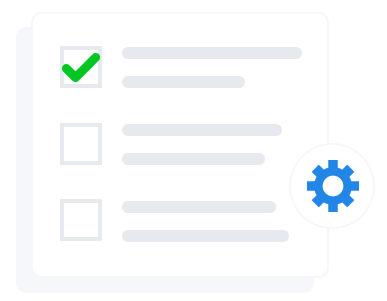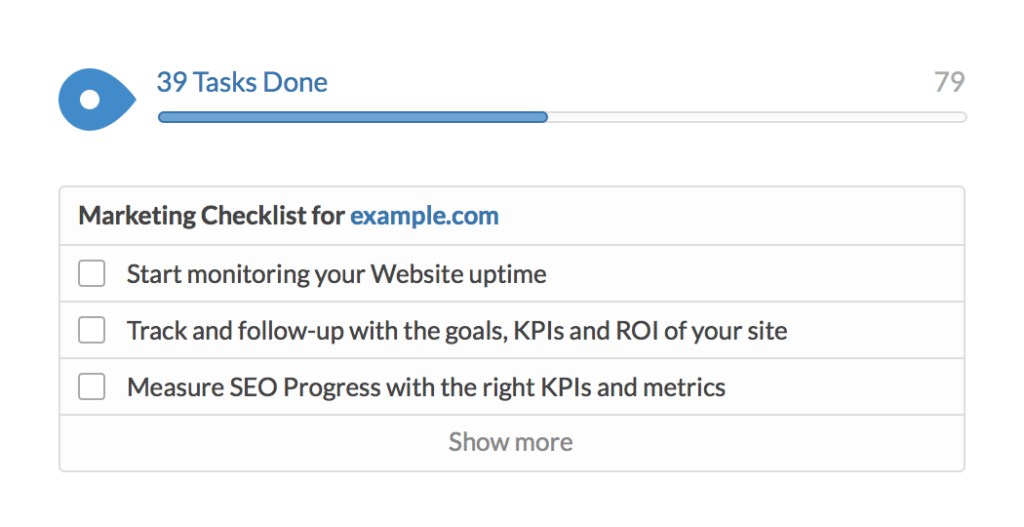Cocktail party etiquette is a good rule-of-thumb when establishing a personalized marketing plan. In this personalized marketing sequel we go a little more in-depth. We’ll note the benefits and statistics that back this strategy up, as well as some important do’s and don’ts of personalized marketing.
Statistics
The proof is in the numbers. Personalized marketing has great potential for greater conversion and revenue for your business. Some stats:
- 74% of businesses that implemented personalized marketing saw an increase in sales.
- 61% of those also saw an increase in profit.
- 55% saw an increase in loyalty.
- Email open rates are 29% higher when content is personalized.
- Personalized emails also receive 41% greater click-through rates.
Despite all these stats, 71% of companies don’t personalize their websites and 70% don’t personalize email. Even something as simple as personalizing the name in an email can have an impact. First-name personalization in an email increased click-through by 5.8-7%, and personalizing the company name in an email saw an increased click-through of 7.5-15%.
Benefits
There are numerous benefits that support the case for personalized marketing.
Play into the consumers’ desire for control. The control may be an illusion, but it’s very powerful. Personalized content gives the consumer the sense that they were a part of the creation process. The effects of control even extend as far as better physiological health and success. These positive effects will lead to a positive perspective about your brand. In order for the sense of control tactic to work, however, it needs to be evident that the content is personalized.
Avoid information overload. Consumers easily get overwhelmed with information these days. Customized content limits the amount of information and ensures that it is relevant to the needs of the consumer. Customers will be happier and more likely to engage with both the content and your business. The good thing about tailored content is the consumer doesn’t need to know the content is personalized. The fact that the content is relevant is reason enough for a consumer to react favorably.
Don’t compromise richness for reach. Traditional advertising was often less focused and pushed onto the masses. Personalized marketing allows companies to communicate a specific message to select target customers, more likely to want to buy your product.
Raise conversion rates. Instantly address a customer’s real-time needs with context-specific offers; you’ll offer the most relevant products for the situation.
Experience long-term engagement. Remembering a customer’s preferences and communicating that to the customer will keep them active with your company long-term. Consider a loyalty program to further foster this relationship, targeting rewards and deals with their interests in mind.
How to Implement Personalized Marketing
Before doing anything else, marketers need to research and plan their personalized marketing strategies. Once they have an idea of where they want to go, it’s important to use CTAs to both gather information and then personalize CTAs to point consumers in the right direction. Finally, marketers will need to refine quickly to offer the best personalized marketing experience.
Plan and Learn from the Past
Conceptualize how personalized marketing will work best for your business. Before doing anything else, you need to envision how you want the personalized marketing to look. How do you plan to engage? Collect data? Segment your messages? What are the goals? When you have an idea of how you want the personalized marketing to look, you can move forward.
Learn from previous performance. Look at both your company and industry. What product elements do your current customers like? Market these elements to potential customers. Also ask yourself if personalized marketing has already been used in the industry, either by you or a competitor. Was it successful or a failure? Why? Based on that, you can predict the success of this strategy. Figure out what made previous campaigns successful and emanate from that. Also note where it wasn’t successful as an example of potential obstacles to overcome.
Gather Information
Use CTAs and landing pages to learn about your customers. Use calls-to-actions to bring consumers to your landing pages. On the landing pages, ask only what’s necessary, but enough to customize future promotions for them. Questions should start out broad and then be narrowed in future CTAs and landing pages. However, you can use CTAs for more than just information-gathering…
Personalize your CTAs. Personalized CTAs perform 42% better than static CTAs. Use CTAs that are based on the consumer’s landing page responses and on his/her actions on the website. This way, you can better push them to the next step in the sales process.
Implement and Refine
Implement and be quick to refine. Get immediate feedback from customers and quickly refine accordingly. Use insights, including click-through and conversion rates, as well as consumer feedback to quickly adjust your personalization strategy. You’ll get a better idea of your potential customers and adapt to their needs. This will allow your future communications to become more successful.
Personalization Don’ts
While personalized marketing can be extremely effective, it can backfire. 3 major don’ts:
Don’t ignore privacy concerns. Many consumers are sensitive about the unauthorized collection of data. Brands need to be transparent about the data they collect and use. Otherwise, you risk customers feeling violated.
Don’t use the wrong data. Search for data carefully. Using the wrong data is useless, and possibly harmful.
Don’t spam. If someone doesn’t see the value of your product, marketing will not bridge the gap. Even if the content of your promotion fits the consumer’s interests, they will not buy if they have no use for your product. It’s important to understand the customer’s interests and needs, and decide if and how you will advertise from there.
Marketing Centered Around the Consumer
Provided that you use data wisely and effectively, you can offer a customer their best marketing experience yet. You’ll see better engagement, loyalty, and conversion. It may sound like a lot of work, but CTAs and landing pages make it easier to automate personalized marketing. Based on information learned, potential customers can be matched to identified personas, and then future CTAs, emails, and other forms of communication can match the consumer’s needs. Over time, personalization will become increasingly important and even expected – consumers don’t care to interact with a business that doesn’t understand what they need.



